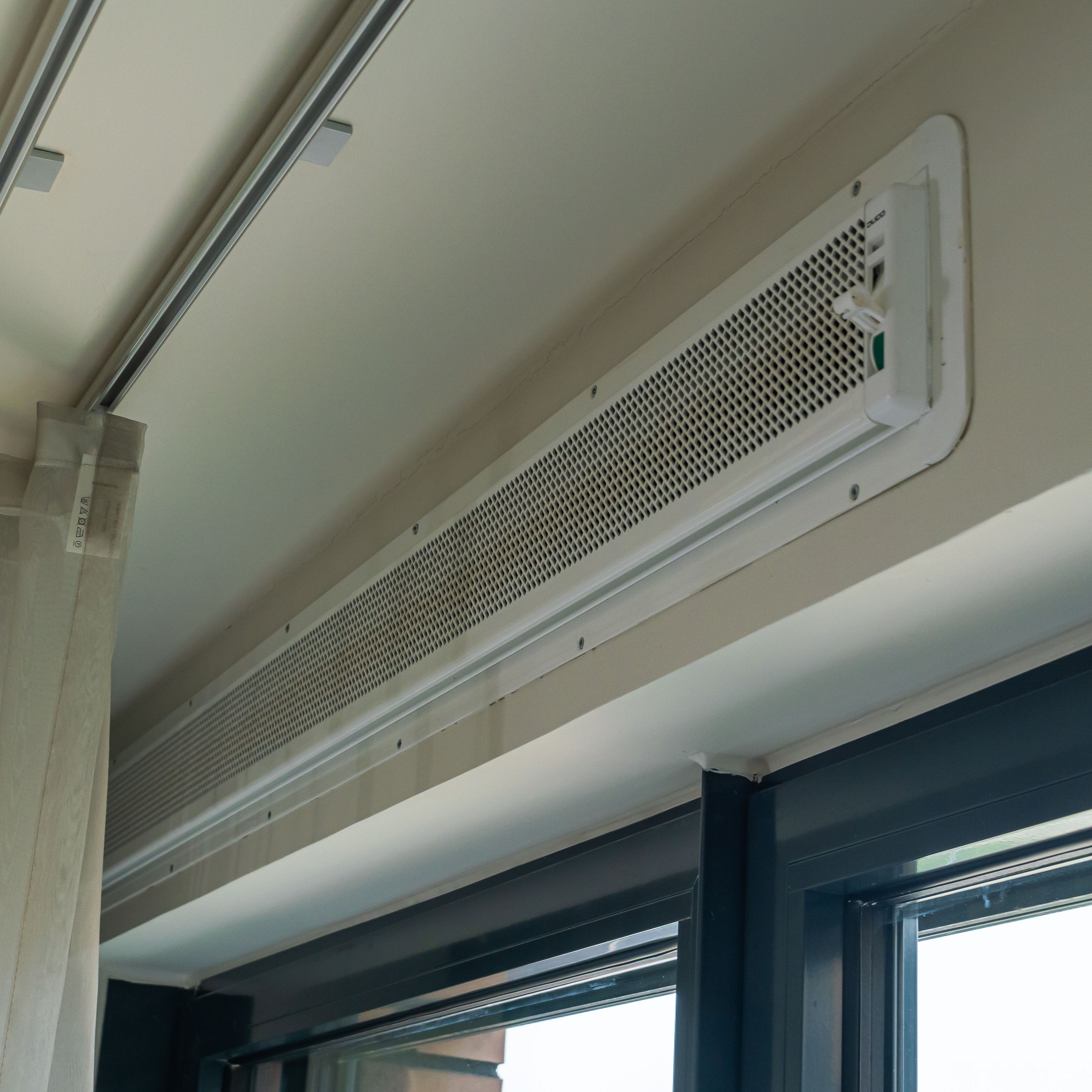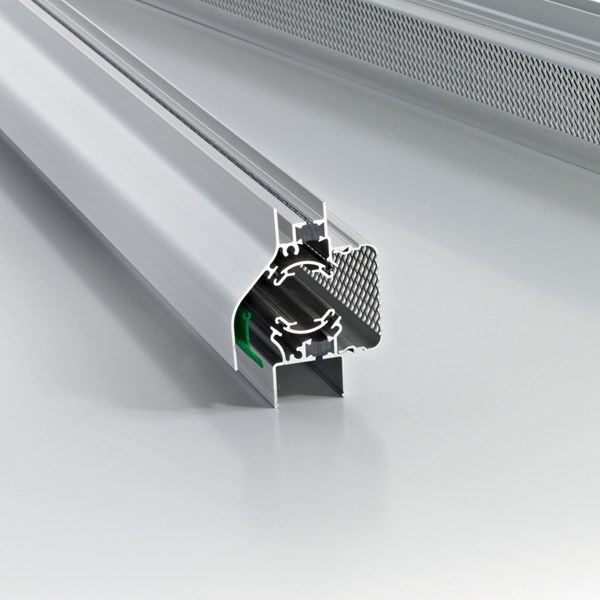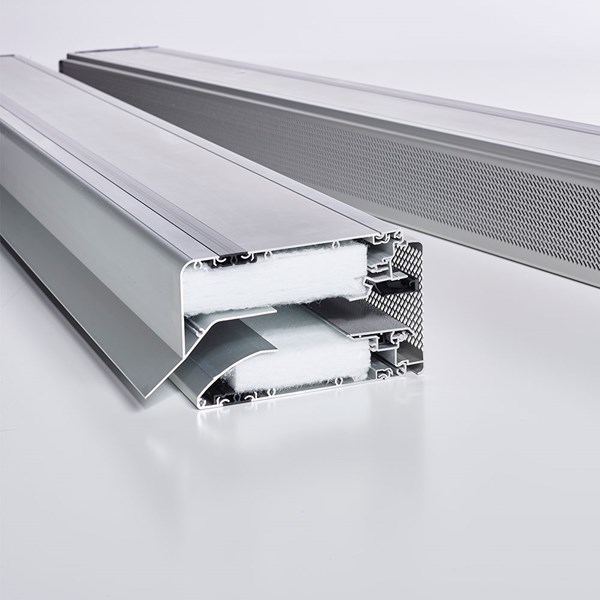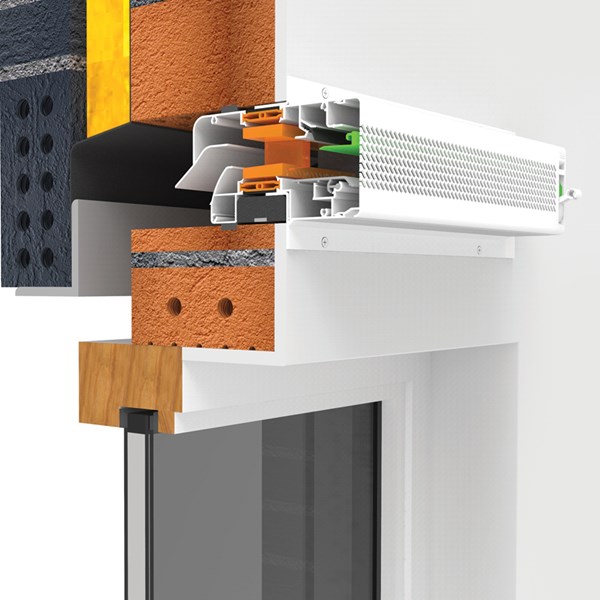Ventilation and the possible consequences
Over-ventilation occurs when there is more ventilation than is needed for optimal air quality. Some possible consequences are:
Waste of energy
Too much ventilation can cause significant energy waste. Constantly heating (or cooling) excess air costs energy, and you will notice this from your high energy bill.
Cold draught
Excessive ventilation can cause draught. For example, installing a window vent above the couch can easily cause discomfort. The constant air currents and the draughty feeling then occur in a place where you prefer to be cosy and warm.
Low humidity
Too much ventilation can reduce the humidity in the home, which can result in dry skin, irritated airways and other discomfort.
Noisy environment
If you have too many window louvres, you are easily exposed to constant ambient noise, such as the noise of passing traffic.
How do you avoid over-ventilation during renovations?
To prevent over-ventilation, there are several important aspects to take into account:
Determine the correct number of vents per room
This depends on factors such as the size of the space and the required flow rate. Therefore, it is important to perform an accurate ventilation calculation and to prevent more air from entering than is needed.
Positioning the vents correctly in the space
Certainly do not place vents opposite each other to avoid a vacuum effect in space. For example, avoid installation directly above your couch or other cosy places to avoid inconvenience
Select the most appropriate type of vent
A well-considered choice can make the difference between comfortable, healthy indoor spaces and problems such as draughts, unwanted air currents and noise pollution.
An effective way to prevent too much air from entering is by opting for vents with self-regulating valves (SR). These valves adapt to the air pressure and prevent ventilation, thus minimising draught.
Depending on factors such as noise load, fire resistance and the specific needs of the project, different types of vents can be selected, such as standard vents, sound absorbing vents, fire-resistant vents, and custom-made vents for high-rise buildings.
Discover our different types of grilles:




